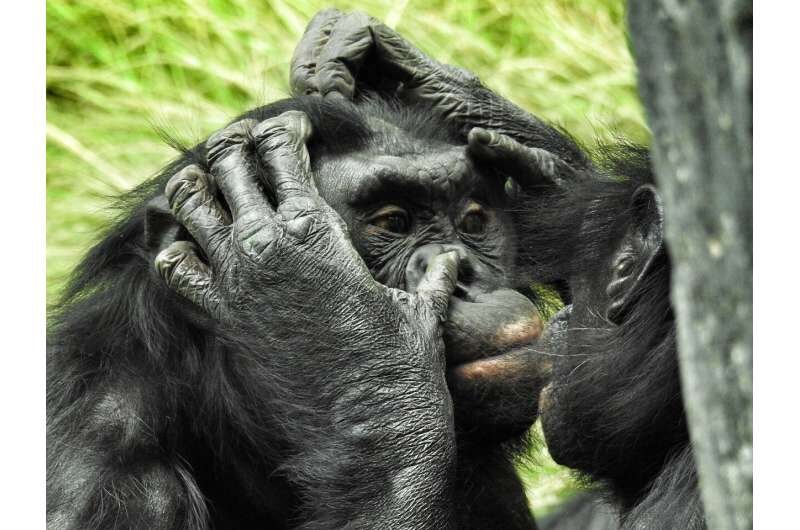The neutron-rich oxygen isotopes oxygen-27 and oxygen-28 exist as very short-lived resonances, report scientists from Tokyo Tech based on the
first observation of their decay into oxygen-24 and three and four neutrons, respectively. Notably, the oxygen-28 nucleus is found not to be "doubly magic" as expected in the standard shell-model picture. This study provides valuable insights into the nuclear structure.

© Nature
The study of physical systems under extreme conditions offers valuable insights into their organization and structure. In nuclear physics, neutron-rich isotopes, especially the light ones with neutron-to-proton ratio significantly different from that of stable nuclei, provide stringent tests of modern nuclear structure theories. These isotopes exist as very short-lived resonances, decaying through spontaneous neutron emission.
Now, in a new study published in available in
Nature, an international collaboration of researchers led by Yosuke Kondo, an Assistant Professor at the Department of Physics at Tokyo Institute of Technology, reports the first observation of two such isotopes — oxygen-28 (28O) and oxygen-27 (27O) — through their decay into oxygen-24 with four and three neutrons, respectively. The nucleus 28O, which consists of 8 protons and 20 neutrons (
N), is of significant interest as it is expected to be one of the few 'doubly magic' nuclei in the standard shell-model picture of nuclear structure.




Comment: See also: